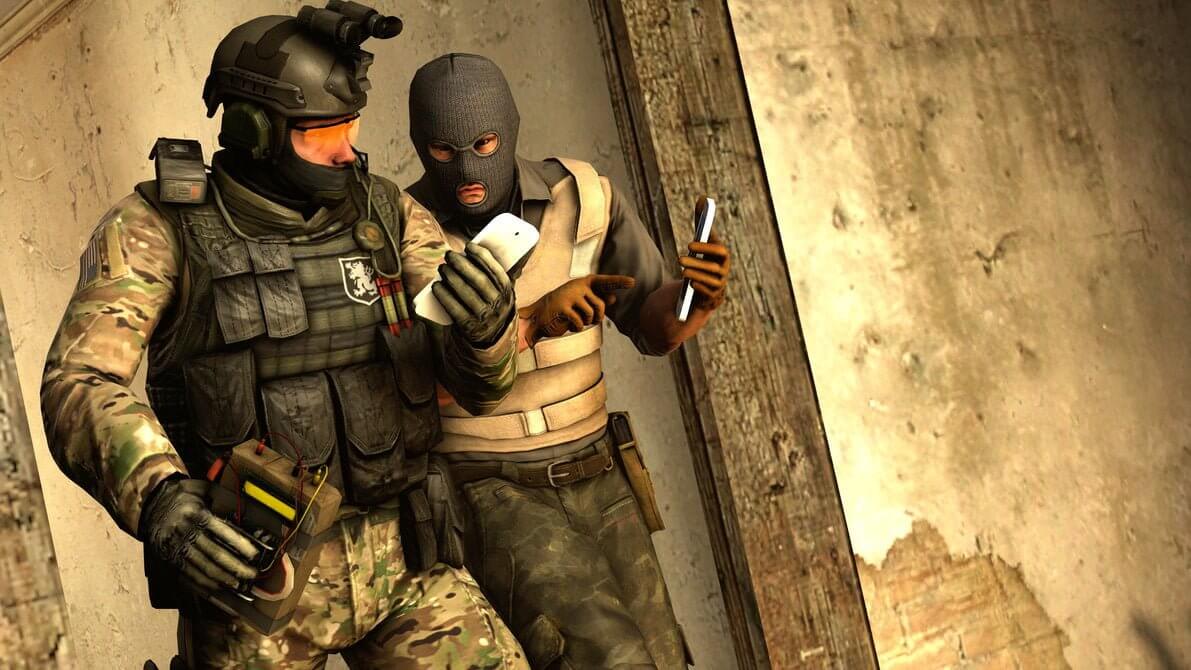
Substitution of players in CS:GO. A sneaky trick or waste of time?
Still wondering how much the professional CS: GO scene has changed? Now, to be the best team in the world, it is not enough just to shoot well, have strict discipline, precise, accurate actions, and extraordinary tactics. Something else is needed.
Famous teams are now testing substitutions, just like in traditional kinds of sports. Now let’s try to figure out how to win complex cards with a help of an additional player, what the prerequisites for the development of substitutions in eSports are, and what positive and negative aspects may be.
Today, three top clubs in the world (Vitality, Natus Vincere and Astralis) have started using the sixth player. The replacement mechanics are now very simple: after choosing cards, the captain replaces one player with another, who is stronger than the previous one on a particular map. Thus, we get a stack of four played teammates and a skilled player, who is strong on a separate card.
Training of the teams is built according to this principle. The first lineup “passes” a difficult map and the other, the main squad, trains on all the other maps. Proceeding from this, the teams gain an advantage over the rival – playing with one skilled player, you have the opportunity to train unusual tactics or solve problems connected with the attack or defense.
- Positive sides
Let’s consider the benefits of players substitution: firstly, it is a decrease in the load on the players; secondly, it is an increase in the entertainment of matches; and thirdly, it is an opportunity for new players to get into the best teams in the world.
- Negative sides
The negative effects are: the lack of regulations, imbalance in the ratings of teams, and, most importantly, unclear statistics. If now all teams start playing with multiple lineups, it will become more difficult to predict victory, which will entail a huge wave of hats from bettors. While there are no competent statistics, it is difficult to operate with outdated data when the team played with the main stack of players.
For the scale and size of the organizations invested in esports, it truly feels like it’s just a matter of time that their rosters will rise beyond the simple player cap for a game. From poaching and nurturing talent to the financial acquisition and a chance to elevate their gameplay capabilities, it seems like an inevitable move from a business perspective – and one that will likely be reflected in the tournament rulesets as well in the future.
In many ways, a change like this feels inevitable: just consider how the salaries and the creed of coaches continued to rise over the last two years despite.


